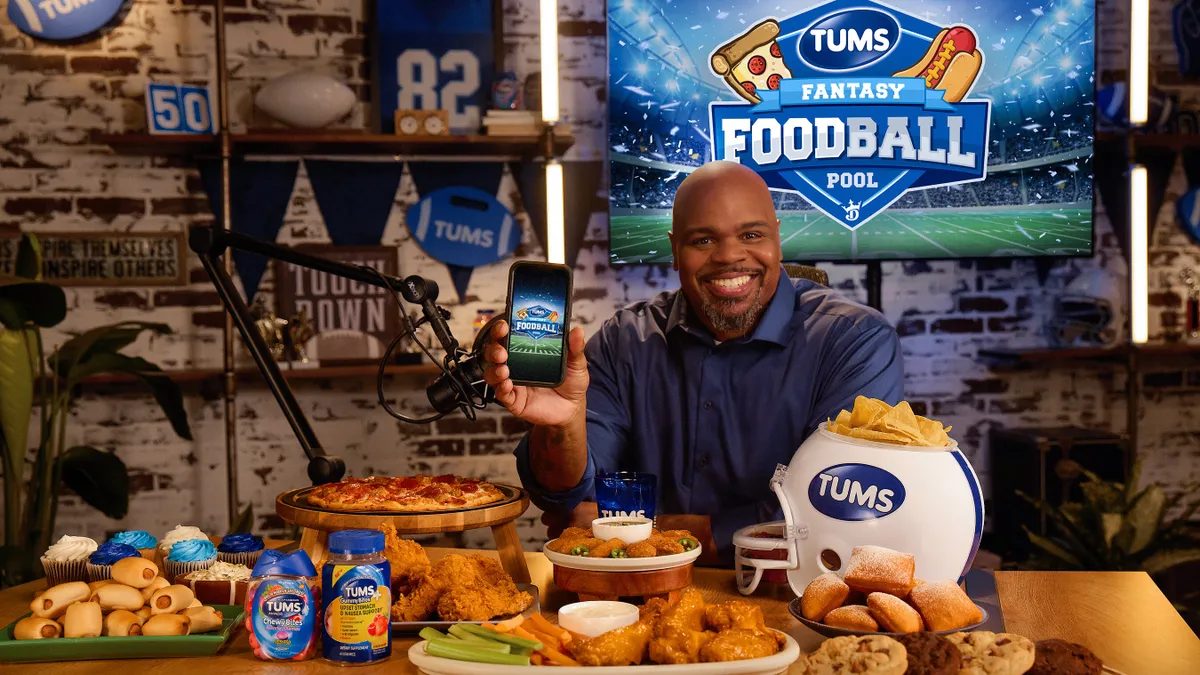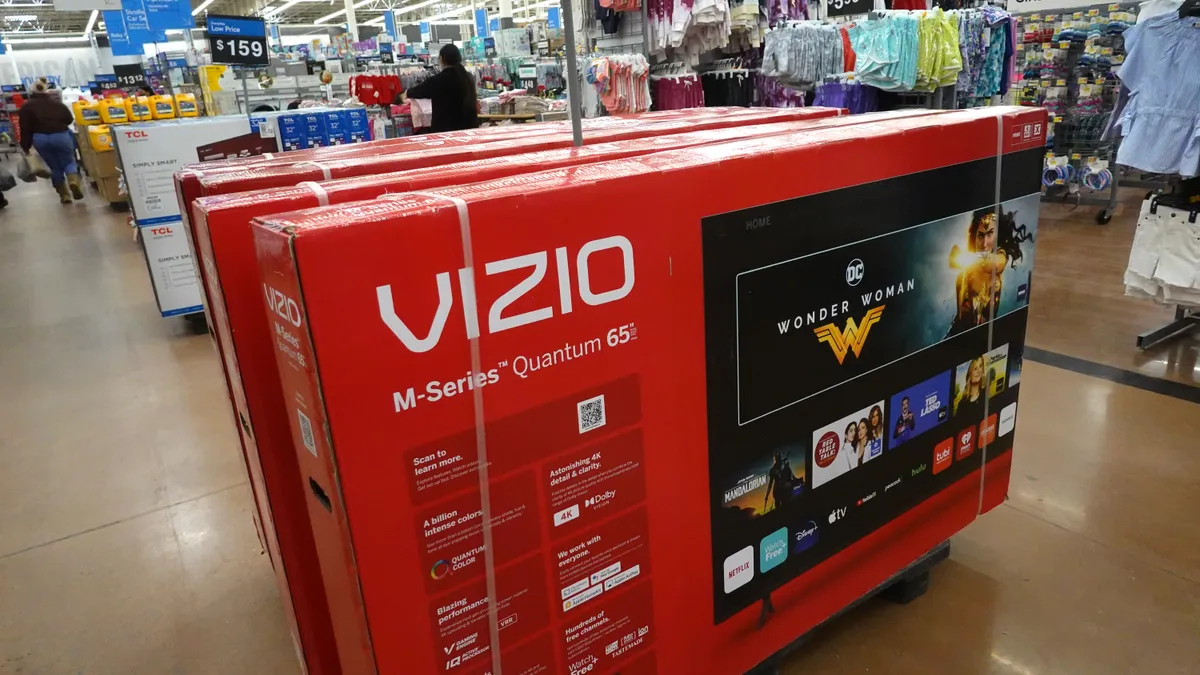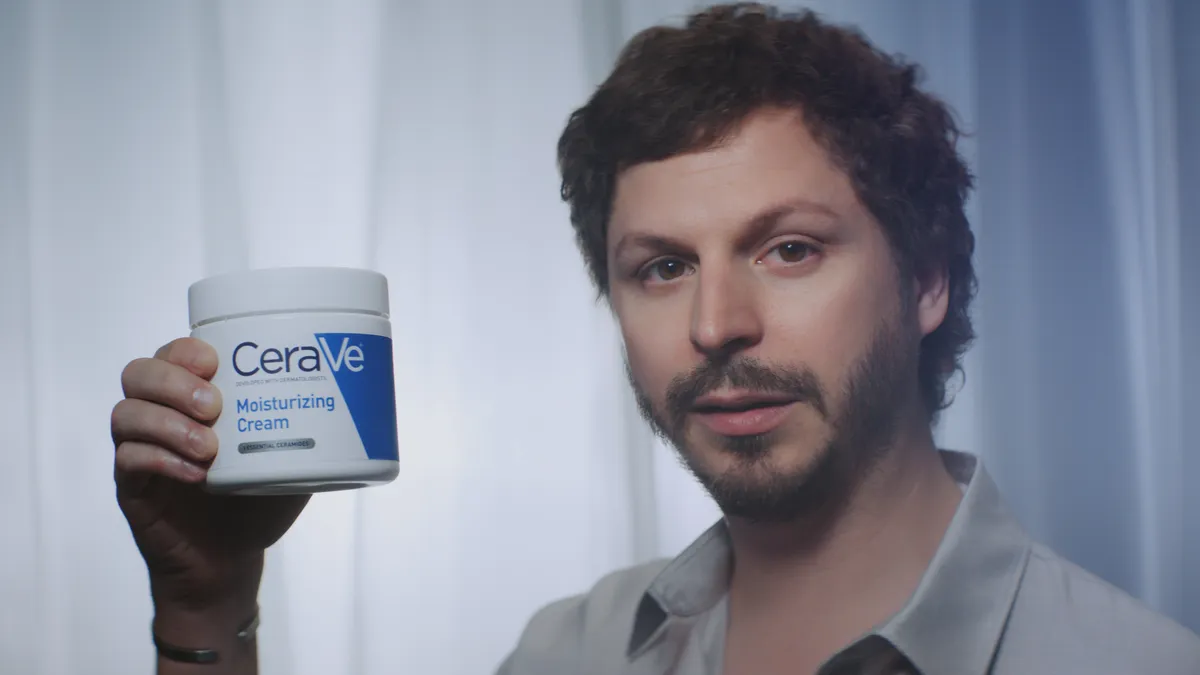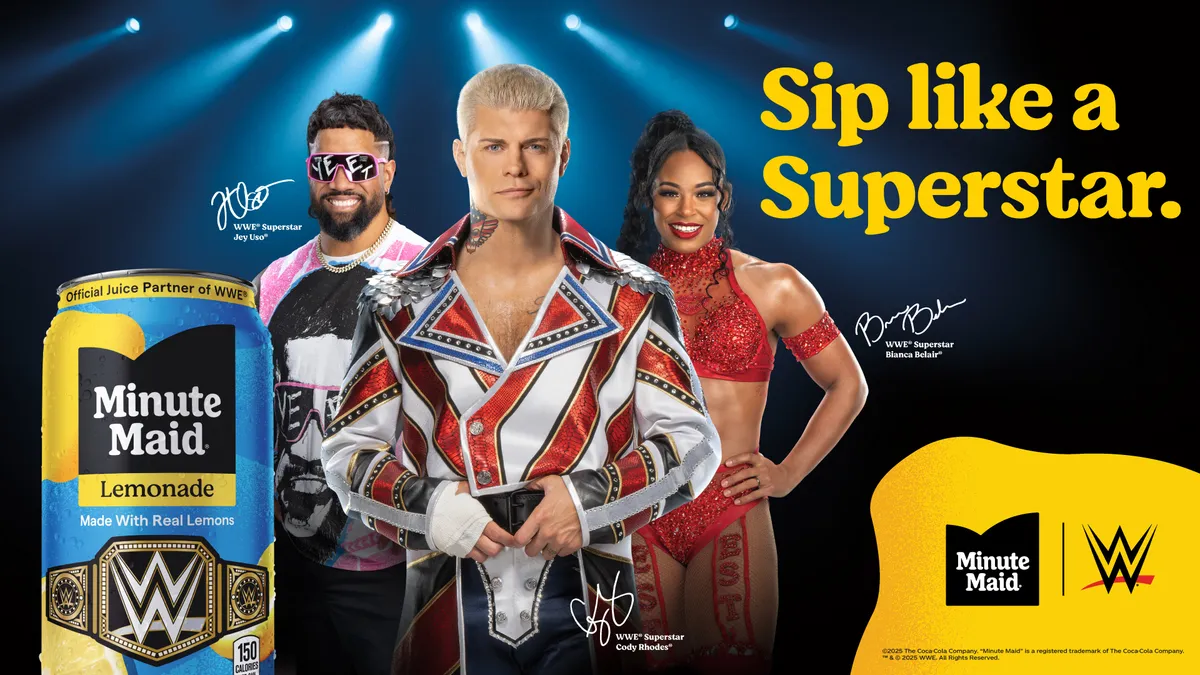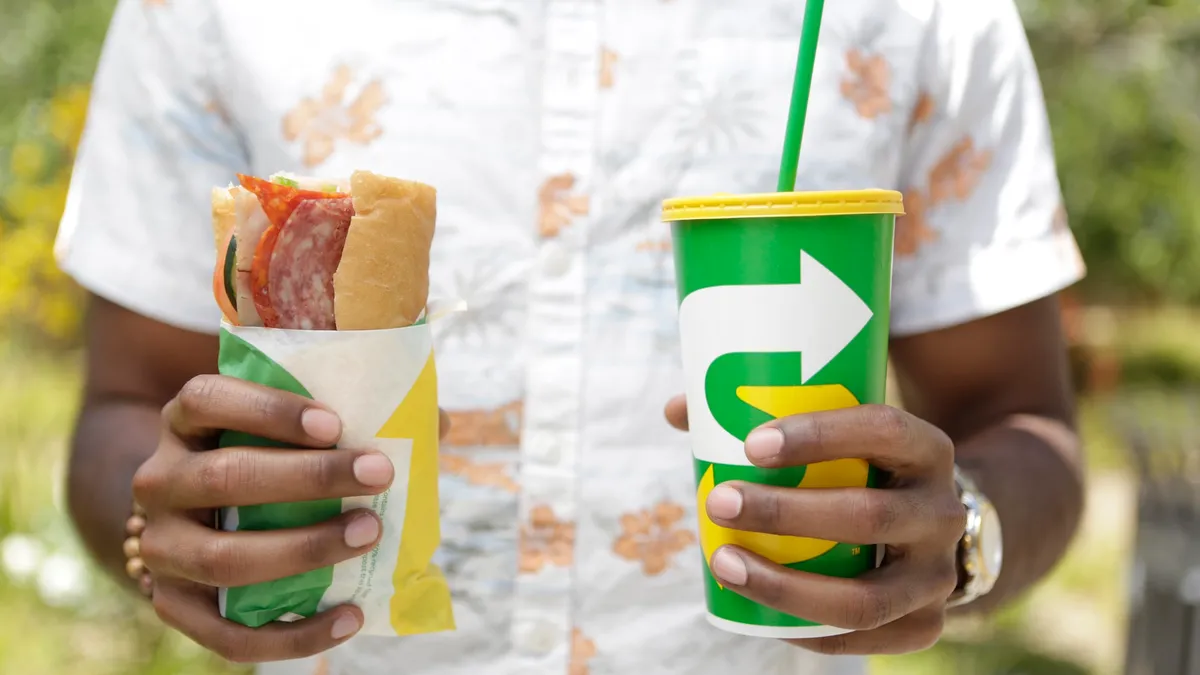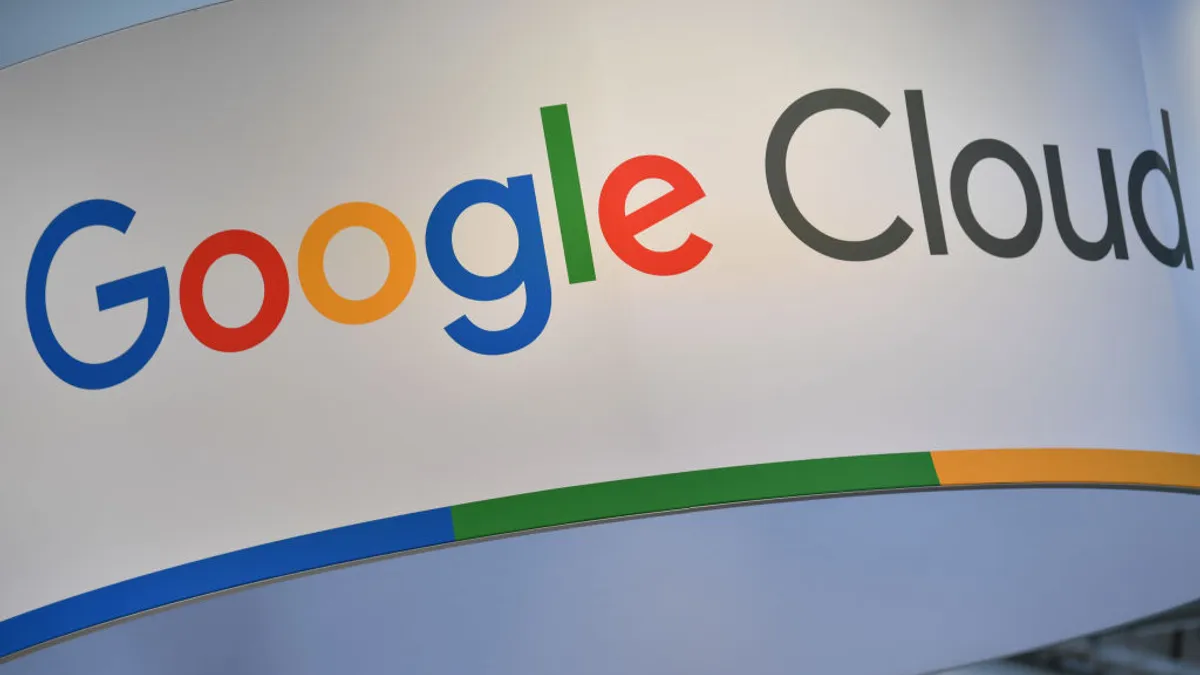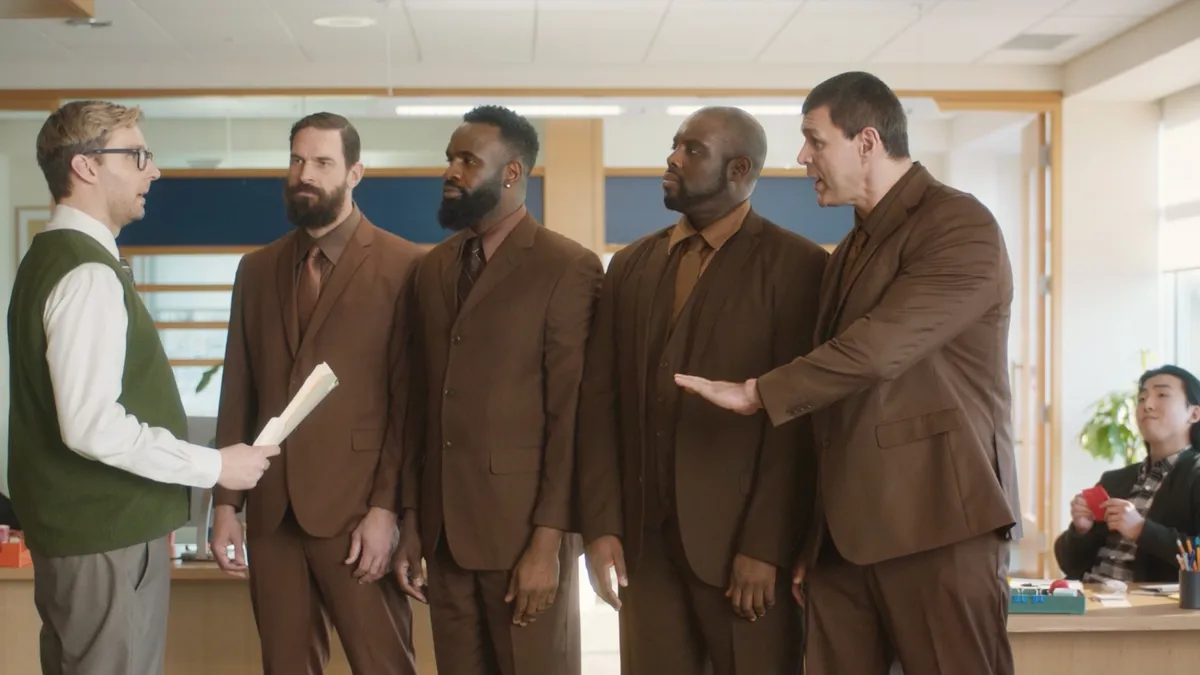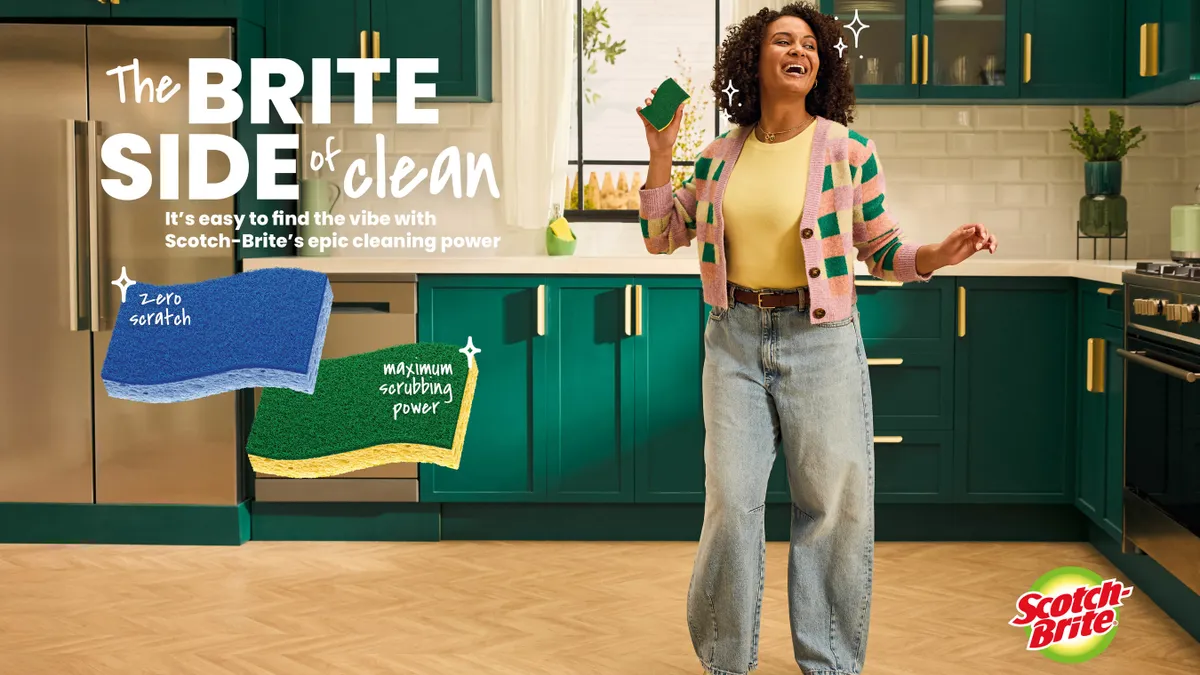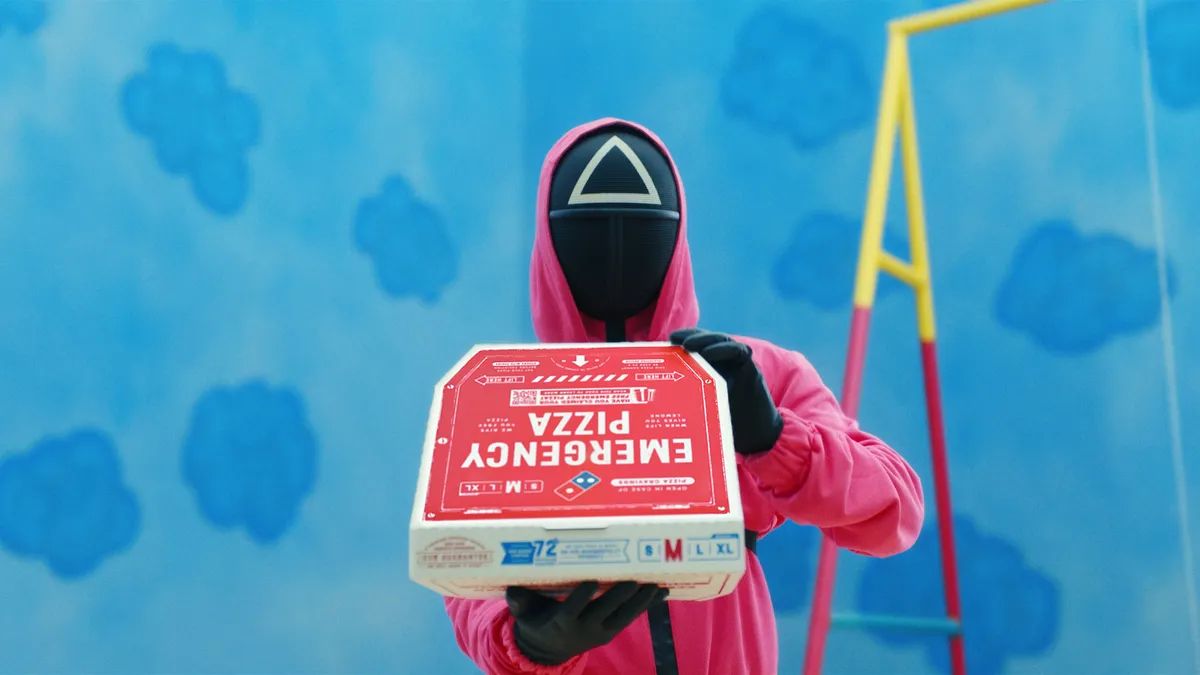The run-up to Super Bowl LIX has featured over a dozen major marketers activating around the big game without a national linear TV media buy. That’s in addition to several brands, including Busch Light, Tullamore D.E.W. and P&G’s new Spruce weed killer, that are running more targeted, regional ad buys, and ones including Verizon, PepsiCo, Toyota and Captain Morgan that are hosting experiential activations in New Orleans, where the game is being held.
Many of these plays, from categories that mirror those in the big game, rely on former NFL legends to pitch promotions, contests and second-screen experiences, but a few notable ones tap into pop culture — a reminder of how the Super Bowl is increasingly becoming about more than the on-field or in-ad action.
“The Super Bowl will continue to evolve, but it's almost become less about the football, more about the cultural impact and significance of coming together,” said Scott Sutton, CEO of influencer marketing platform Later. “There's so many interesting cultural moments happening that involve real people, celebrities and athletes… no matter who you are, the Super Bowl gives you content that you can consume.”
The cost of Super Bowl ad time keeps increasing — with some 30-second spots reportedly going for more than $8 million this year — but that hasn’t scared off advertisers. Dozens of brands — whether legacies or disruptors — across alcohol, automotive, financial services, food and beverage and technology categories continue to pony up big fees to be part of the big game. But what about the countless marketers who can’t justify the high cost of a Super Bowl ad?
“We have a lot of clients that are very performance marketing-focused,” said Nicole Penn, CEO of agency EGC Group. “For them, a $7 million spot would have to yield $7 million in revenue that moment.”
That’s a tall order for any brand, no matter how compelling their QR code, which is why so many advertisers have had to think outside the box to be part of one of the last monocultural moments standing in a fragmented, polarized media landscape.
A familiar roster
This year’s Super Bowl activations utilize a page from the same playbook as recent big game ads, relying on recent NFL greats to connect with football fans. Tostitos kicked off Super Bowl season by partnering with retired running back Reggie Bush on a QR code-powered challenge around stopping the countdown clock for a chance to launch the confetti at the end of the big game.
Fans could also try to stop the clock in person. At select grocery stores, interactive pop-ups featuring countdown clock buttons let fans try their hand at competitive button pushing until Jan. 27. Tums and DraftKings teamed for the second time, alongside two-time Super Bowl winner Vince Wilfork, for an online game around food and drink combinations that has run during the entirety of the playoffs.
Rob “Gronk” Gronkowski continues to be a go-to player for brand partnerships and signed up for two deals this year, appearing in ads and social content for Procter & Gamble’s Bounty brand and creating a digital version of himself, “Gronk AI,” for Avocado From Mexico’s Guacline effort. Created by digital experience agency 270B, the generative artificial intelligence (AI) platform sees the avocado brand tapping into marketing’s shiniest object while forgoing a Super Bowl ad for the second time in a row.
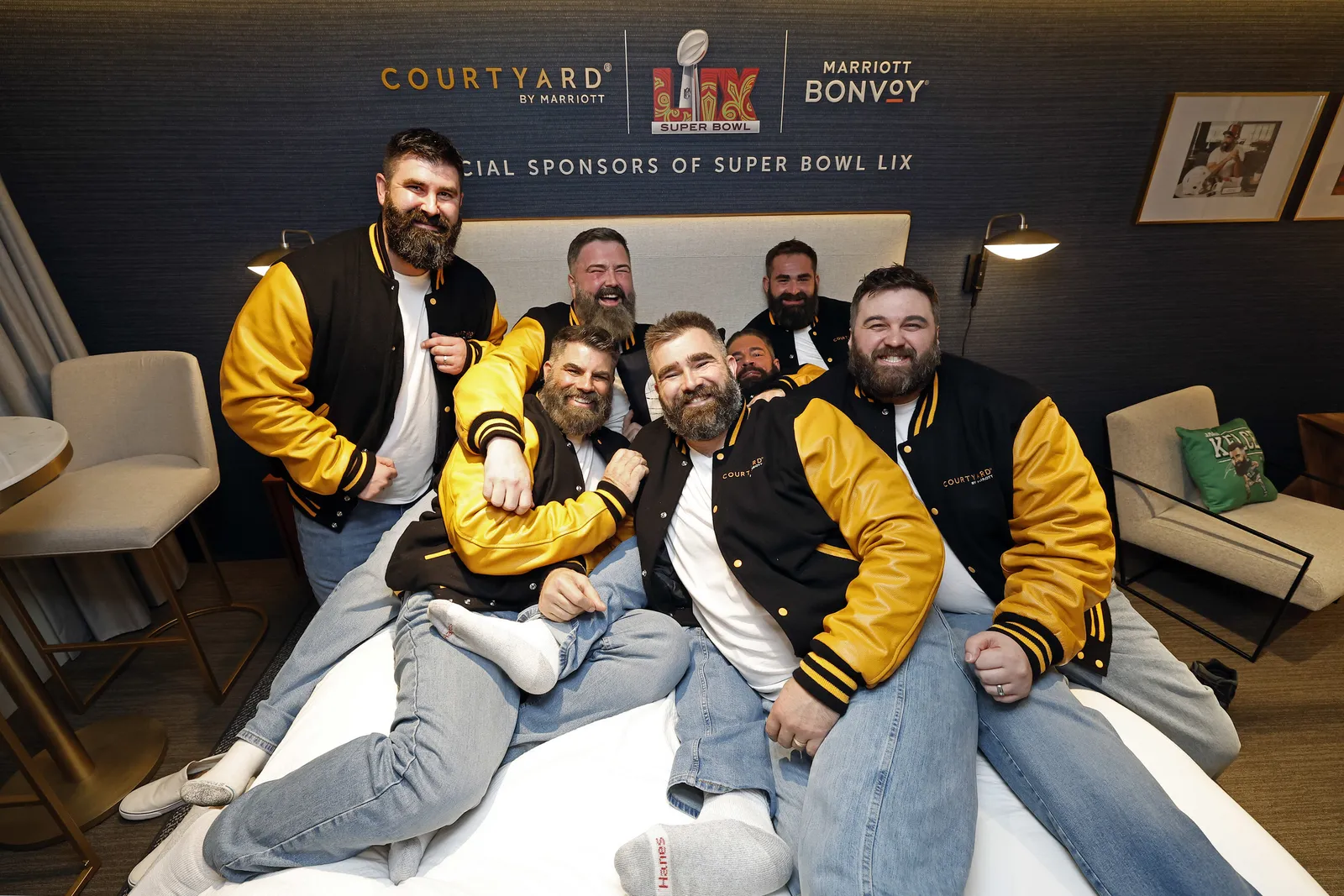
And what would a recent Super Bowl be without the Kelce brothers. With Travis Kelce’s Kansas City Chiefs on the field for the third year in a row, it was up to retired Philadelphia Eagles great Jason Kelce to line up for a brand. The podcaster and in-studio analyst embraced his role as Courtyard by Marriott’s “fanbassador” by giving fans a chance to win a stay at a special in-stadium suite — by finding the real Kelce among a see of lookalikes in the French Quarter.
“The Kelce brothers blurring the lines between influencer, content creator, celebrity, athlete, cultural icon, whatever, makes it very interesting for a consumer, because you never had the access to athletes and content creators in the same way as you do today. There are so many interesting ways for brands to tap into that,” said Later’s Sutton.
Second screen culture
The number of consumers looking for the Kelce brothers has only increased since Travis Kelce began dating pop superstar Taylor Swift in 2023. The so-called “Taylor Swift effect” on NFL engagement is expected to continue on Super Bowl Sunday, coinciding with a rise in second-screening as viewers race to keep up with online conversations around both on- and off-field action.
“It's well beyond the hardcore Xs-and-Os football fans that are tuning in, now more than ever,” said Sarah Bolton, executive vice president of business intelligence at Advertiser Perceptions. “With one of the Kelces specifically and somebody in one of those skyboxes specifically, people are looking for those reaction shots and then the online reaction to the reaction shots.”
Several brands have made the second screen a part of their Super Bowl plans. Multihyphenate Wayne Brady will team with chicken brand Perdue for “Winging It” performances on his Instagram account, creating songs, jokes and sketches around the game, commercials and viewer requests, while Kia will direct Instagram and TikTok users to a digital game that will give winners a chance at a new car.
“Brands will be looking to hijack others’ trending moments during this year’s game.”

Greg Zakowicz
Senior e-commerce expert, Omnisend
But no brand is going all-in on second screen more prominently than Twix. The Mars brand during big game ad breaks will run a Second Screen Staredown game that gives consumers who stare at their phone’s camera a chance to win two solid gold bars. The effort looks to engage with the 79% of consumers who will be checking their phone during the game, 60% of whom will be texting or checking social media, per YouGov research commissioned by the brand.
A relatively new driver of second screening during sporting events is the rise of legal online gambling, which could lead consumers to spend more time looking for updates and statistics about the game.
“Marketers can’t ignore the betting aspect of the game. Estimates suggest that 1 in 4 adults will bet on the Super Bowl,” said Jeff Hastedt, co-founder and managing director of digital ad firm Brkthru, in emailed comments. “This is the prime opportunity for advertisers to get in front of an audience that has a stake in the game through mobile ads and contextually relevant pages.”
No matter what reason consumers are on their phones during the game — texting and posting about the game, the halftime show and the ads; engaging with branded content; or checking on their parlays — savvy marketers will be ready to meet them where they are. The savviest have already tweaked their paid media strategy to play off what is already known about the big game’s lineup of ads.
“Brands will be looking to hijack others’ trending moments during this year’s game. Expect brands to spend big on social media ads during the big game and incorporate trendy search terms and hashtags aligned with their ads,” said Greg Zakowicz, senior e-commerce expert at marketing platform Omnisend, in emailed comments. “Just because a company doesn't buy an ad during the game doesn't mean they can’t take advantage of it.”



